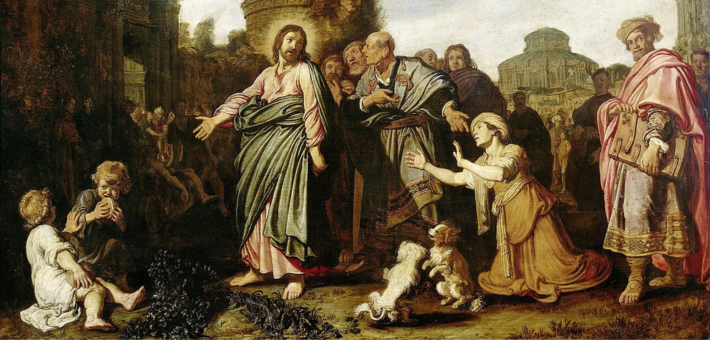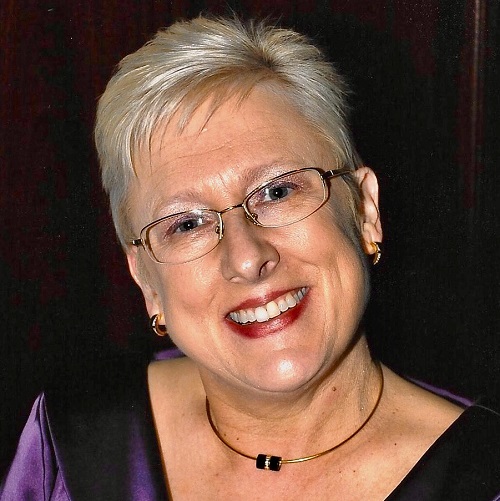Commentary on Isaiah 35:4-7a
Although this week’s reading technically falls within the chapters of First Isaiah (Isaiah 1–39) attributed to the 8th-century prophet Isaiah of Jerusalem, most scholars agree that this salvation oracle comes from a later time period and was added by the final redactors of the book. In fact, some have even suggested that Isaiah 35 was intended as a “bridge” between the pre-exilic warnings of coming destruction and the exilic promises of restoration.
If this is the case, then the author(s) of these words would have been familiar with the words of Isaiah of Jerusalem (and perhaps even Isaiah of the Exile), thus dating the composition of this text to a time no earlier than the very late 6th century or early 5th century BCE. Based on this theory, the historical backdrop for Isaiah 35 would have been the post-exilic period when many of the Babylonian exiles had returned to Jerusalem, but the full restoration of the Jewish community had not yet been realized. The need for a hopeful vision of the future remained strong.
As 21st-century believers, we read Isaiah 35 as part of the whole book of Isaiah. The arguments for a later date are very strong, but what if this oracle was spoken in the 8th century BCE? The tendency of many scholars is to declare any hopeful words found in the pre-exilic prophets to be from a later hand. They seem unwilling to entertain the idea that, among words of judgment, prophets could also express the possibility of a better future. There is no reason to make this conclusion. After all, most of the biblical prophets were really optimists (like the Holy); they believed that people could change and that the future had not yet been determined.
By sending prophets, the Divine was always providing a way for people to make different choices and to return to the covenant they had with the Holy. Prophets were the equivalent of the Divine tossing humanity a life-preserver, an opportunity for them to save themselves from a future of feeling exiled from the Divine. Even when that exile became a reality, the Holy would hold out an invitation to come home.
The words of Isaiah 35 paint a picture of how the Holy will extend this invitation, bringing life out of barrenness. “A highway shall be there … a holy way” (verse 8). When the present seems to be a vast wilderness, the Divine will transform that lifeless landscape into a place blossoming with joy and abundance (verses 1–2a). The least likely of places, the desert, will become as bountiful as Lebanon and as awe-inspiring as Mount Carmel, and the desert will sing of the Divine’s glory and majesty (verse 2b). Those who have lost all hope can trust that the Holy can transform their weakness into strength and wipe away those things that make them fearful (verses 3–4).
When the highway out of desolation appears, all must be ready to make the journey. The prophet has the audacity to proclaim that the Divine will provide vision for those who cannot see, understanding for those who cannot hear, mobility for those who cannot walk, and voice for those who cannot speak (verses 5–6a). Whether these promises are meant to be taken literally (for example, the blind will be able to see) or metaphorically is not clear in the passage. What seems to be most important is that the Holy will remove all obstacles (real or perceived) that might prevent someone from being able to accept God’s invitation to return home.
Reading verses 5–6a with a contemporary lens, we might ask: Who needs a vision of a new way into the future? Perhaps those with power need this way of seeing. Maybe those who are unable to envision a way out of the circumstances that keep them in the throes of poverty. Who needs to hear in new ways? Perhaps leaders who refuse to hear the cries of the oppressed because they are awash in greed. Maybe those who have been unable to hear any good news because the Bible has been weaponized against them.
Who needs to move beyond their current inability to walk in a different path? Perhaps those who have maintained the status quo because it seems too dangerous to step out in faith. Maybe those who are captive to systems that declare their very existence to be “alien.” Who needs the ability to speak of an alternative path in the wilderness of life? Perhaps those who sit in seats of privilege and have forgotten that they must speak out on behalf of the silenced. Maybe those whose protests are squashed before they have a chance to speak of their experience as those who are outside the “norm.”
While such a journey into the future might seem fraught with danger—with lions and beasts, oh my!—this prophetic oracle assures the people that they will be safe (verse 9). Those who accept the Holy’s invitation to return will reach their destination. Their homecoming will be a time of joyful singing.
This vision for the future would have been welcomed by both those who were facing possible destruction and those living on the other side of the tragedy. It is a message that continues to speak to anyone who needs assurance that, no matter how bleak things may seem, the Divine’s invitation is always there.
The prophet’s words paint a picture of a new way of living in covenant with the Holy, our neighbor, and ourselves. It may seem overwhelming at times to imagine the barren places of our life renewed and the arid times we encountered filled with water. But in Isaiah 35:4–7, we find the possibilities of how things can be if we trust in the Holy and take the journey.


September 8, 2024